Advice and support
If you own an ancient wood, we can guide you through the restoration process.
Find out more and contact usWe're working with Raincliffe Community Woodland Enterprise to restore ancient woodland at Raincliffe Woods, near Scarborough. Site manager Mark Feather addresses some of the common queries and concerns and explains the range of techniques being used at the site.
Video length: 00:06:58
Hi, my name’s Mark Feather. I work for the Woodland Trust and I'm part of Raincliffe Woods community enterprise and their activities to restore this ancient woodland site.
So here we are in Raincliffe Woods which is part of a 200-hectare ancient woodland site near Scarborough. This area has been much less disturbed than many other parts of the woodland. We've got a rich mix of species here. We've got alder, ash, hazel, and if you look on the ground floor it's rich with bluebells and woodrush. It comprises a very attractive mix of plants. Part of the reason why it's maintained as woodland is because it's too steep and too wet for farming.
Here we are on an old charcoal pit. It's about 5–6 metres in diameter, flat area of land. There's a number of them throughout Raincliffe woods and they were used to produce charcoal. Big piles of timber were put together, set on fire and the charcoal produced, which was then used in the smelting of iron before coke was around. The existence of charcoal pits provides evidence of the wood’s continual use by man and being managed by man for hundreds of years.
We've walked up further into Raincliffe Woods now and we’re in a compartment of western red cedar, which is a tree from America. And you can see by stark contrast to the broadleaf area that this area has got very dense shade and actually virtually no ground flora at all. And that's one of the damaging impacts of conifer trees.
If we stand outside the site and view it from a distance, we can see the clear blocks of conifer on the hillside. We can see the pine at the top and the larch running through the bottom area of the woodland. These were areas that were felled and replanted in the 1950s so the character of the woodland we see today therefore reflects man's relatively recent activities in the woodland.
The small area of woodland behind us has been clear-felled so all the trees have been felled in one go which is what we're trying to avoid at Raincliffe. So, instead of having areas removed we're going to do it very sympathetically, gradually thinning and gradually getting new trees established. It's what we call a continuous-cover system to try and avoid that very harsh impact of clear-felling trees.
Here we are in Raincliffe Woods in a larch compartment. As you can see, the lines where the trees have been planted very close together, perhaps only a couple of metres. As the trees increase in height there's a greater danger of them being blown over by the wind. We hope to thin out this area this year and the trees we've marked with pink paint are the ones we're going to select to remove to give the other trees more space and hopefully encourage the ground flora.
Where woods have been left unmanaged for many years and you want to take a thinning operation, one of the risks that you do take is trees being blown over by the wind. This is especially the case if you've got extreme wet weather as we've had this last year and very high winds and as you can see behind me, one of the trees, a number of trees, have blown over. However, this can give us a gap in the canopy where we can put some new trees and shrubs in and enrich the planting as a whole.
One aspect that people have raised concern over was the impact of removal of trees and the runoff of water. In most cases it would need significant removal of trees to have any impact on the amount of runoff of water and in fact most of the forestry operations will actually improve it over time by introducing an understorey of shrubs which we haven't got here and perhaps even more debris in the streams which slows the flow of water off the hillside.
We're in a larch compartment which we thinned out last year. We took out about 20% of the trees, one in five trees was removed, and this gives a little bit more light to the ground flora. We make the remaining trees a little bit more stable and eventually we'll get some new saplings coming up in amongst the trees.
One aspect that people were concerned about was why use such big machinery. Well, each one of these trees is about a tonne in weight, so you can imagine that we need specialist forestry machinery to handle that size of timber and that's very important for safety and for the economics of undertaking the operation. Raincliffe Woods is part of a whole series of ancient woodlands that run right up the valley behind us on the steeper slopes. Sadly, most of them have also been planted the same, with larch on the lower slopes and pine on the tops.
Here we are on the steep slopes of Forge Valley. It's an area that was planted with Corsican and Scots pine. What we did here was a very light thin, really to favour some of the remnant broadleaf trees which were amongst it. You can see here we've got a lovely oak. You can see it's come from the old stump. Behind us there’s even more oak and one or two birch trees, so we just give those a little bit more space to grow. As you can see, the ground floor is completely bare and again, a bit more light down here will hopefully encourage the native broadleaf ground cover to come back and we've left the timber mainly because it's so very steep but also because it provides a lovely habitat for wildlife, insects and fungi alike.
So, where we're stood here there's a number of oak copice and one big old pine, so rather than felling and risk damaging the oak, we've ring-barked it round the bottom which is like cutting a strip around the base. This will then slowly die off and we'll be left for with some really valuable standing deadwood for woodpeckers and insects.
Unfortunately, one of the consequences of using forestry machinery and moving heavy timber around is that we get muddy tracks and rutting. These are only fairly short term. Give it another six months to the summertime and these will green up and gradually compact back again.
This is a lovely old oak tree that's been left in amongst a predominantly larch compartment and what we've done here is we've removed the trees from around it, which is called halo thinning, to give this tree a better chance of expanding its crown and becoming a more dominant tree.
We're in a little bit of a clearing, so we've got a clear canopy above us and what we've done is we've put some new trees and shrubs in, native trees and shrubs, to enrich the plantation, so, we've got some new trees coming on to replace the larch when they finally have to be removed.
In a few places throughout the woodland we've put one or two what we call deer-exclusion pens in. This is so we can see the impact of deer on the ground flora. Within it at the moment we've got bare earth but actually if we come back in a few years’ time, hopefully we'll see some regeneration come in and we can compare that with outside the pens. One of the big impacts at the moment is the deer population nibbles off lots of regeneration.
Throughout the wood we've put a series of marker posts in which are for fixed-point photography so we take a picture before we started then we come back in two or three years’ time, we'll take another picture and we can see how the image has changed. At the same points we’ve also been doing like little ecological survey of the ground flora so we can see what new species have evolved. It's a form of monitoring the work we're doing on the site.
If you own an ancient wood, we can guide you through the restoration process.
Find out more and contact us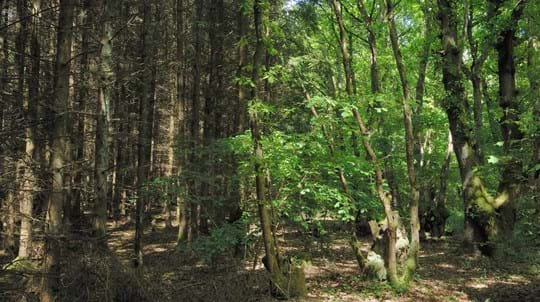
Protecting trees and woods
Find out how our restoration work is encouraging ancient woodland to recover and reverse years of decline.
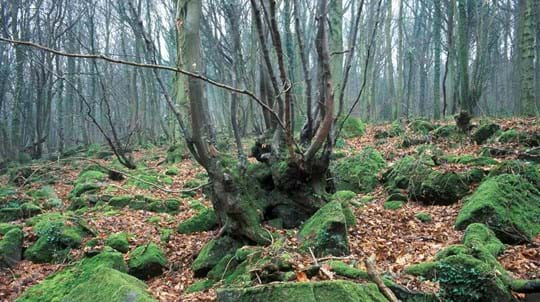
Protecting trees and woods
Think your wood could be ancient? Check our tips on what to look for on site and the historical records that could help.
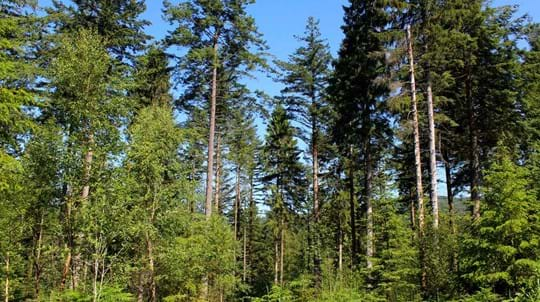
Protecting trees and woods
Discover how we restore and maximise the ecological integrity and resilience of these incredibly special places.
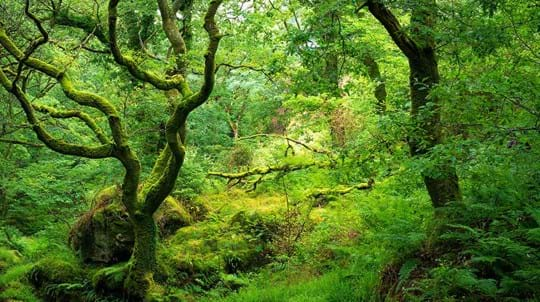
Trees woods and wildlife
Home to myth and legend, where folk tales began. It fuelled our ancestors and still houses thousands of species. Ancient woodland has grown and adapted with native wildlife, yet what remains only covers 2.5% of the UK.
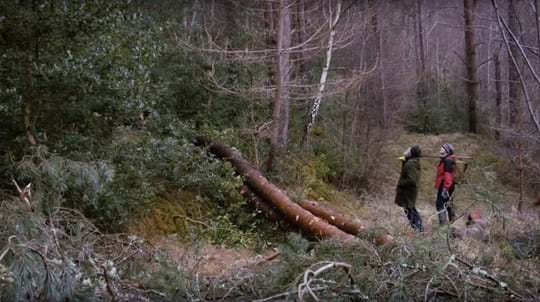
Video
00:03:37
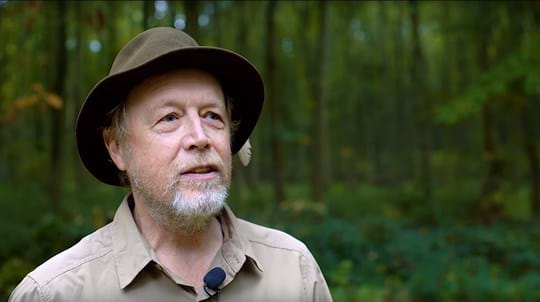
Video
00:04:07
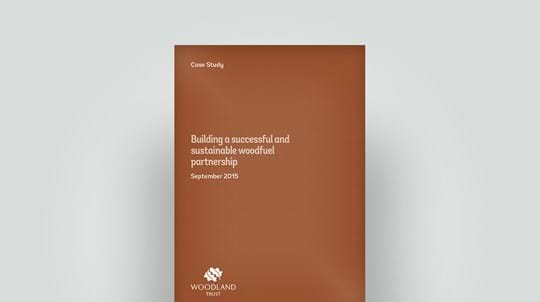
Case study
PDF (756 KB)
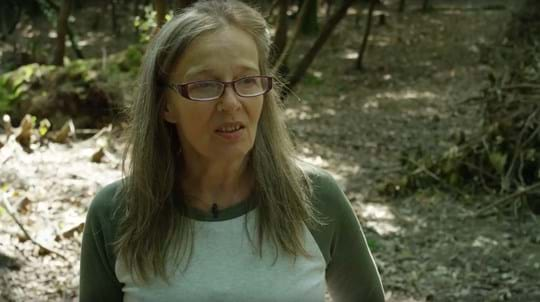
Video
00:02:40
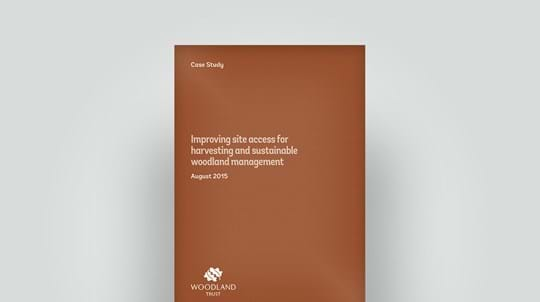
Case study
PDF (739 KB)
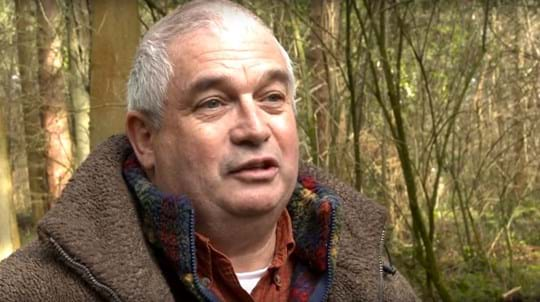
Video
00:05:09
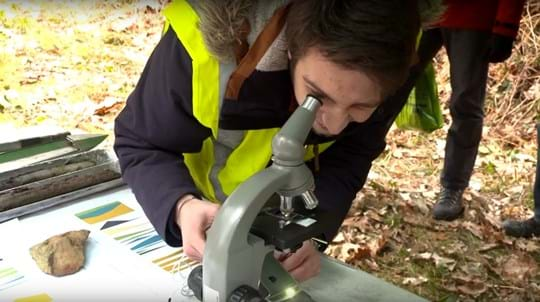
Video
00:06:35
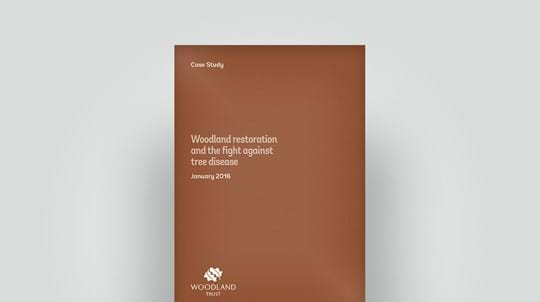
Case study
PDF (650 KB)
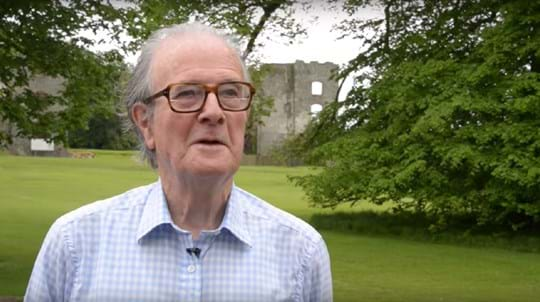
Video
00:05:20
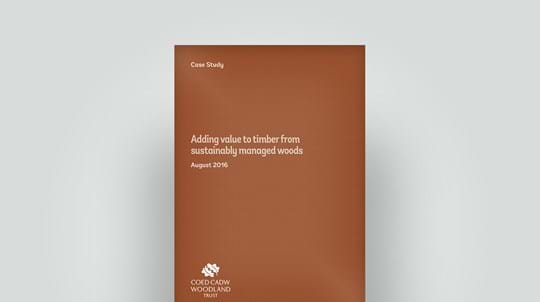
Case study
PDF (2.21 MB)
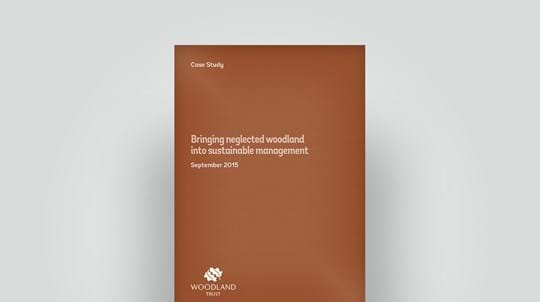
Case study
PDF (737 KB)
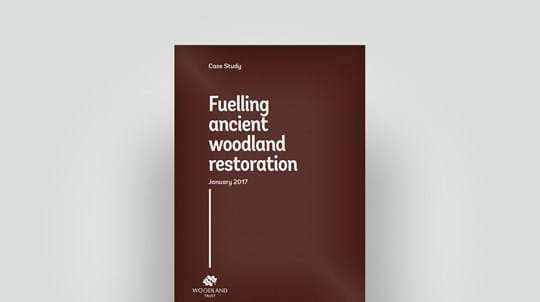
Case study
PDF (5.11 MB)
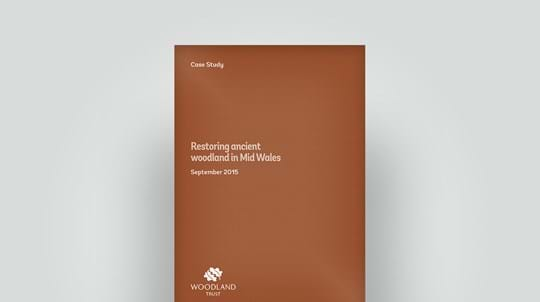
Case study
PDF (347 KB)